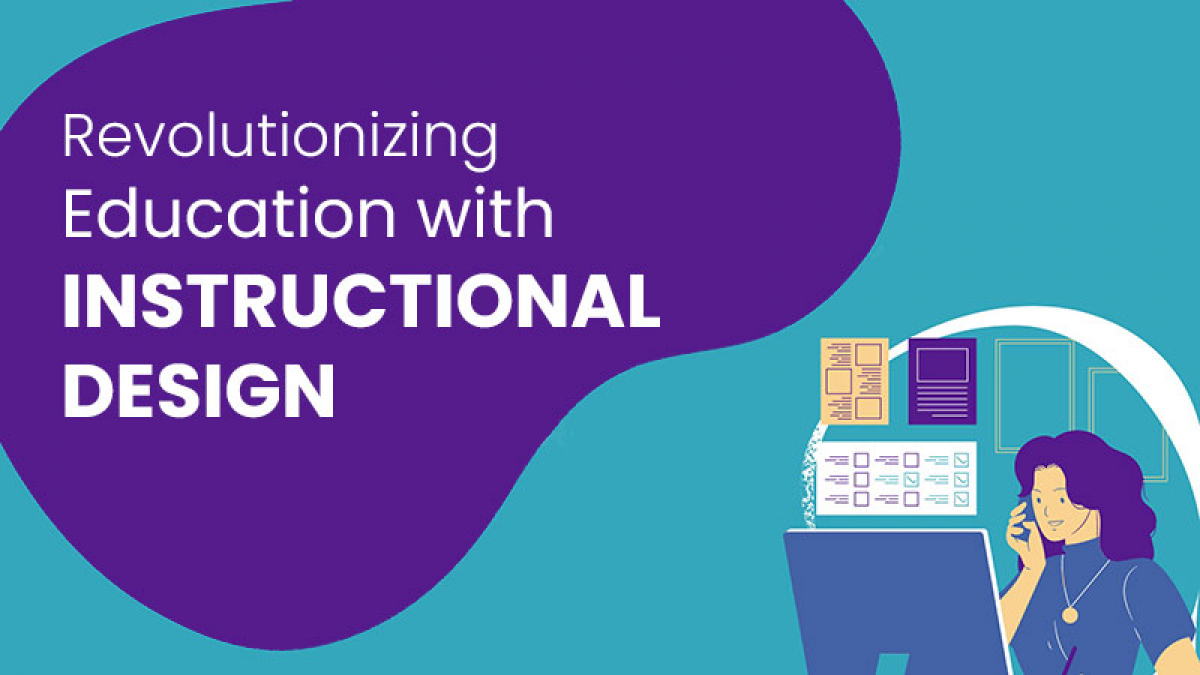Creating an engaging eLearning course isn’t just about delivering information—it’s about creating an experience that resonates with learners and motivates them to succeed. When you craft a course that truly engages your audience, you’re not just teaching; you’re fostering a learning environment where knowledge is easily absorbed and applied. In this comprehensive guide, we’ll explore the essential steps for crafting an eLearning course that will captivate and inspire learners at every turn.
Step 1: Define Clear Learning Objectives
Before you begin designing your course, it's crucial to define what learners will achieve by the end. Clear learning objectives help direct the course structure, content, and assessments. These objectives act as a roadmap, guiding both the instructor and the learner through the course journey.
Why are learning objectives so important? They provide a sense of direction, ensuring that all activities and assessments align with the ultimate goal of the course. Think of them as the destination on a map—everything else in the course should be a route to that destination.
Step 2: Know Your Audience
One of the biggest mistakes you can make is designing a course without understanding who your learners are. Tailoring your content to your audience’s needs, preferences, and prior knowledge is essential to keeping them engaged. You should start by building learner personas. These are detailed profiles of the individuals who will take your course, helping you design content that is relevant, challenging, and appealing to them.
Additionally, recognize that learners have different learning styles—visual, auditory, kinesthetic, etc. By incorporating a mix of content types, such as videos, text, and interactive exercises, you’ll create a more inclusive experience that resonates with everyone.
Step 3: Design with Instructional Principles
The next step is to choose an instructional design model that will guide your course development. Popular models like ADDIE (Analysis, Design, Development, Implementation, Evaluation) or SAM (Successive Approximation Model) offer structured processes for designing eLearning courses. These models ensure that you’re considering all aspects of course development, from content creation to learner feedback.
Remember, instructional principles such as active learning, spaced repetition, and cognitive load theory are key to maintaining engagement. Ensure that the content is broken into manageable chunks and that learners are actively participating throughout the course.
Step 4: Create Interactive and Engaging Content
Engagement is driven by how well your content connects with the learner. One of the best ways to do this is through interactivity. Instead of presenting long paragraphs of text, incorporate quizzes, drag-and-drop activities, and interactive videos. Multimedia elements, such as images, animations, and sound, can significantly enhance the learning experience by appealing to different senses and making the content more dynamic.
Benefits of Interactive eLearning
Interactive elements have several benefits: they boost learner retention, increase motivation, and make learning feel more like a fun activity rather than a task. For example, gamification introduces elements of play, such as earning points, badges, or unlocking new levels, which makes learning much more engaging.
Moreover, these interactive features allow learners to apply what they’re learning immediately, reinforcing the material in a real-world context.
Step 5: Build a User-Friendly Interface
A well-designed, intuitive user interface (UI) is key to keeping learners engaged. A cluttered or confusing course layout will frustrate learners, causing them to disengage. The design should be clean, with easy-to-use navigation.
For modern learners, mobile-friendly design is a must. Many learners prefer to access courses on their phones or tablets, so ensure that your course is optimized for various devices. Responsive design ensures that your course looks good and functions well no matter what platform your learners use.
Step 6: Develop Assessments and Feedback Mechanisms
Assessments help gauge learner progress and reinforce the material. It’s essential to incorporate a mix of assessment types—quizzes, assignments, practical projects, and peer assessments—to keep learners engaged and provide them with a variety of ways to demonstrate their understanding.
Effective feedback is a crucial part of the learning process. Providing timely, constructive feedback encourages learners to improve, guiding them toward mastery of the content. This feedback should be actionable, specific, and encourage further learning.
Step 7: Testing and Refining Your Course
Before launching your eLearning course, beta testing is essential. Invite a small group of learners to try the course and provide feedback. This allows you to identify any technical issues, content gaps, or confusing areas. Use this feedback to refine the course and make improvements before it reaches a larger audience.
Step 8: Launching Your eLearning Course
Once you’ve fine-tuned your course, it’s time to launch. Effective marketing strategies will help attract learners to your course. Use email newsletters, social media campaigns, and partnerships with influencers or industry experts to spread the word.
Creating buzz around the launch is essential for gaining initial traction. Offering early-bird discounts, exclusive content, or live sessions can help build excitement.
Step 9: Ongoing Support and Engagement
An eLearning course doesn’t end after launch. Ongoing learner support and engagement are key to maintaining interest and success. Consider creating discussion forums, providing additional resources, and offering access to a community where learners can collaborate and share experiences.
In addition, it’s essential to periodically update your course content to keep it relevant and fresh.
Importance of Learner Support
Providing timely technical support and troubleshooting assistance ensures that learners have a smooth experience. Clear instructions and easy access to help resources make it easier for learners to stay focused on the content rather than getting stuck with technical issues.
Conclusion
Crafting an engaging eLearning course requires careful planning, creativity, and attention to detail. By defining clear objectives, knowing your audience, and using instructional design principles, you can create a course that not only educates but also inspires and motivates learners.
By incorporating interactive content, intuitive design, assessments, and feedback mechanisms, your course will keep learners engaged from start to finish. And by launching effectively and providing ongoing support, you’ll build a lasting relationship with your learners, fostering a community of engaged and successful individuals.




